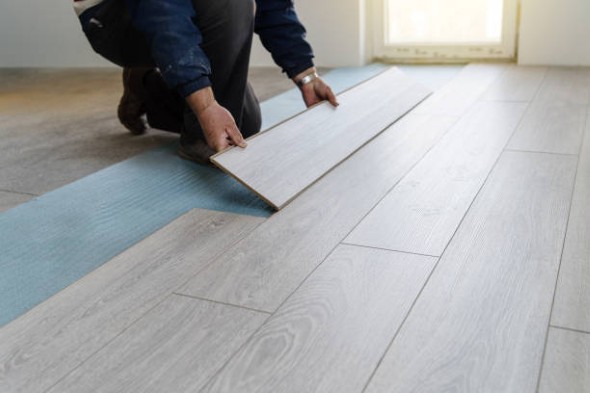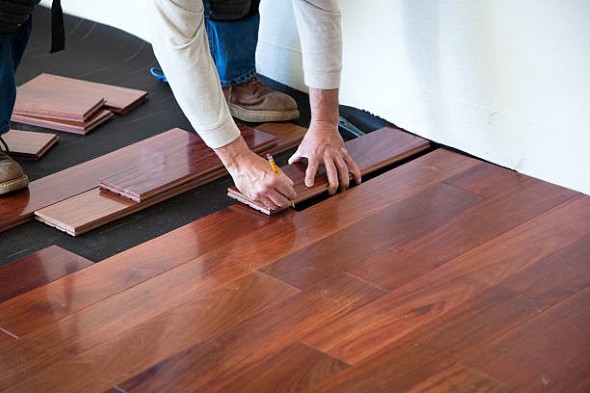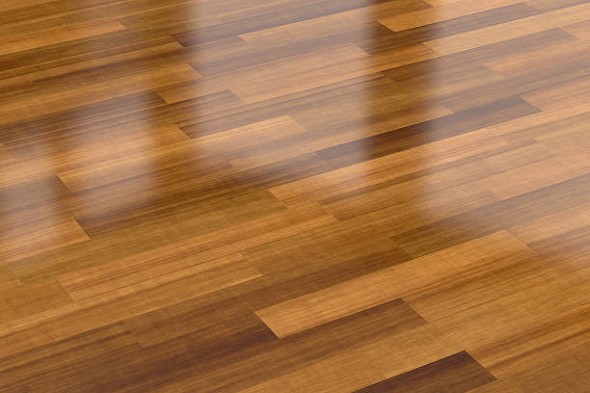When you install hardwood floors, there are several factors that can impact how long the installation process will take. Using the expertise of a professional hardwood flooring company can significantly speed up your timeline for completing the project. The first thing that must happen is the hardwood has to acclimate to its new environment. This can take a few days.
Installation

Once the client has chosen their hardwood flooring and placed their order, it takes 2-14 days to get the wood to their home. This is because it is important that the wood acclimates to its new environment before the quality hardwood flooring installation process starts.
Before the floor can be installed, any existing flooring will need to be removed. This is a time-consuming process, especially if there is carpet or tile to rip up. This is also a good opportunity to make sure the subfloor is ready for the new flooring.
Once the new flooring has been installed, it will need to be sealed. This is a process that can take a few days, and during this time you will not be able to walk or move furniture on the floors. This is a short term inconvenience, but it is necessary to ensure the longevity of your beautiful new floor. It is also a good time to consider adding shoe molding and/or base molding, or replacing any current molding in the room.
Acclimation

Wood flooring planks are a natural material, and the moisture content of each can differ from one another. This makes acclimation crucial to the longevity of your new floor. Typically, this step takes several days to complete and helps prevent issues like expansion and contraction after installation.
Professional installers recommend opening all boxes and cross-stacking to allow for ventilation and maximize acclimatation. Most manufacturers also have specific acclimation instructions that should be followed closely.
Always be wary of installers who only rely on time when determining how long your hardwood floors will need to acclimate to the environment in which they’re being installed. They may not fully understand the concept of equilibrium moisture content and could be leaving your floors susceptible to problems after installation. A good hardwood installer will talk about acclimating based on the wood’s overall moisture content and the job site’s climatic conditions, not just a set amount of time. A moisture meter is an invaluable tool for this process.
Staining
Staining is an important step to help your hardwood floors look their best. Choosing the right color can change how dramatic your floor looks and how warm or cool your room feels. Stains also protect your wood floors, making them durable and attractive.
When staining, it’s crucial to follow the manufacturer’s instructions. This will ensure that you get the results you want, while protecting your investment. Staining can be messy, so you’ll need to clean up as you go. You’ll also need to be mindful of the weather conditions, because some stains can take up to 24 hours to dry completely.
If you are having flooring sanded and stained, you’ll need to remove any furniture from the area and cover your baseboards. Lastly, you’ll need to make sure that there is adequate ventilation, and you use plastic sheeting to protect the walls and other surfaces. Staining requires the use of products that emit strong fumes, so it’s a good idea to open all windows and doors.
Finishing

When a new floor is installed, it needs to be stained and sealed. This process can take a day per coat. Staining is faster when using a combination stain and sealer product that cuts the time in half.
Prefinished hardwood floors are usually a bit quicker to install because they come with the finish already applied. However, they still need to acclimate to the room.
The type of flooring also affects the installation time. For example, click-and-lock engineered wood can be installed in a fraction of the time it takes to install traditional hardwood.
Similarly, installing over concrete is often faster than installing on top of existing carpet or a subfloor. It also helps to move out of the way furniture before the work begins. Lastly, the type of polyurethane used for the finishing will affect the timeline. Water based finishes dry quickly, but are not as durable as oil based polyurethane. It typically takes a few days for each coat of oil based polyurethane to dry.


